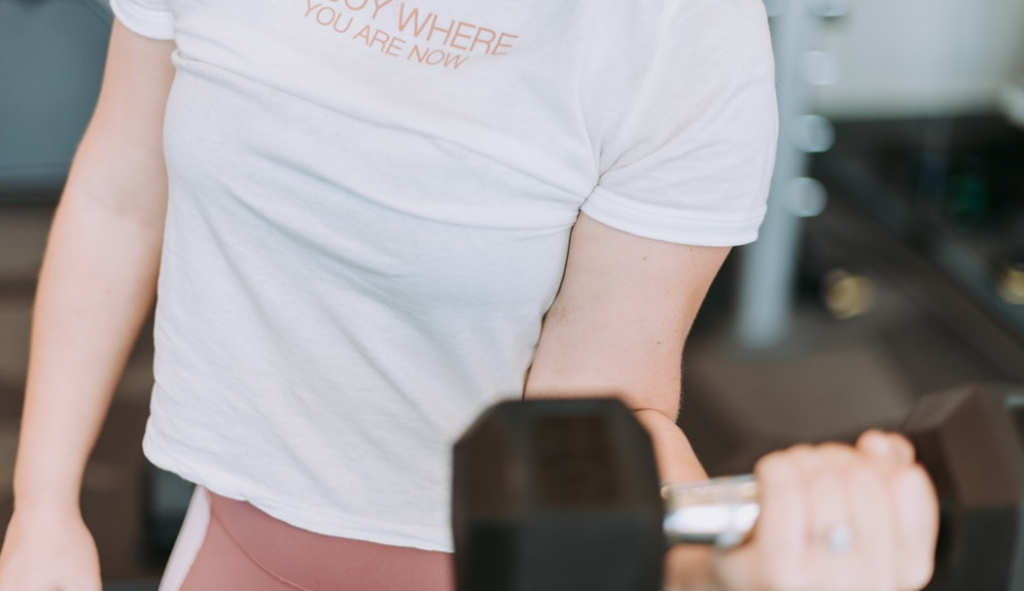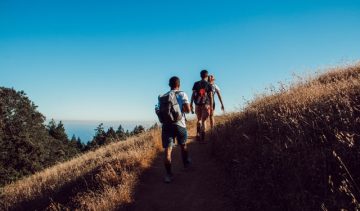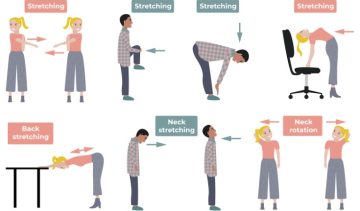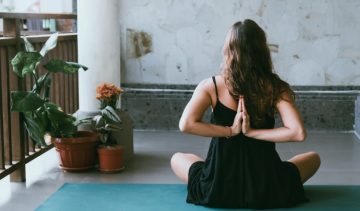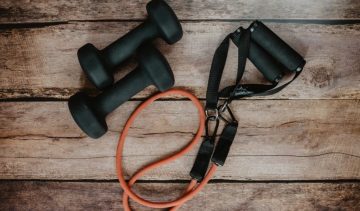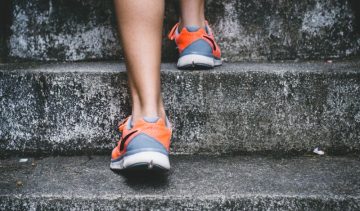Practicing sport can be though. Especially when you are not feeling quite well, it is sometimes hard to drag yourself to the gym. On top of that, it is dark and cold outside, heavy rainfalls and you were just planning to go to the gym today. Sometimes, everything stops you. You have no motivation to go outside and you prefer to stay in your bed. Yet, deep inside, you know that practicing sports is good for you. With this home workout you can practice a sport, without leaving the door. Can’t be better, right?
How do sports help against depression?
As you might know, after training you are usually bubbling with energy, you have a tidy mind and you feel a lot happier than before you started exercising. But why is that? And what exactly causes that effect?Whenever you start exercising, 3 important hormones in your body are released, namely:
- Endorphins,
- Dopamine,
- Serotonin.
These are so-called neurotransmitters. Substances that ensure that your nerve cells can communicate well with each other. Endorphins, also called the ‘feel good drug’, provide a feeling of euphoria and reduce pain. Dopamine provides motivation, reward and gives you a happy feeling. And last but not least, serotonin, also called the happiness hormone. This hormone regulates your appetite, sleep and state of mind.
The home workout
A good workout contains a combination of strength and fitness exercises. We understand that sometimes it can be difficult to start. That is why we are not going to make it a long training. With this beginners home workout, you will be done in 20 minutes!
Exercise 1: Jumping Jacks
We use this exercise as a warming-up. While performing this exercise, make sure that you are standing upright. Tighten your abdominal muscles, slightly bend your knees and jump apart with your legs. Swing your arms upwards at the same time, and repeat at a pace that is right for you. Do this for about 25 seconds to start with.
Exercise 2: High Knees
The second exercise has a double effect: it a extension for the warm-up and you immediately train your core (abdominal muscles) with it. While performing this exercise, ensure that your feet are at hip width apart. Lift your knees one by one towards your chest, as high as you can. Make sure you keep your abdominal muscles tight. Do the exercise at a speed that is comfortable for you. Start off with 20 seconds, for example.
Exercise 3: Lunges
With the third exercise, the lunges, you train both the large leg muscles and the small muscles, which provide balance. With this exercise you train both your legs and your buttocks. Start this exercise with your feet on shoulder width apart, and your abdominal muscles slightly tightened. Take a step of about half a meter with one leg. You are now standing apart with your legs. Now bend your knee, making sure that both legs are in an angle of about 90 degrees. Is it not? Then adjust your step!
When bending your knee, make sure that your front knee does not pass your toes. To begin with, do 10 repetitions per side (for example).
Exercise 4: Squats
After the lunges, we will tackle the legs and buttocks one more time: we’re gonna squat! While performing this exercise, pay close attention to your back. Keep your back straight at all times. Also make sure that your knees do never cross your toes.
Start with your feet at shoulder width, and let your feet point outwards a little. Now poke your knees, and make a movement as if you are going to sit on a chair. Keep looking straight ahead while performing this action. If you are having problems with keeping balance you could stretch your arms forwards. Pay close attention to the tension on your abdominal muscles and your back. Now move up again. Start with 10 repetitions and increase the amount of repetitions slowly.
Exercise 5: Bridge
The bridge is an exercise where you train many more muscle groups than you would initially think of. It is, however, a relatively simple exercise: you lie on your back on the floor, bend your knees and put your feet flat on the ground. Keep your feet on about hip width apart. Be careful that you don’t place your feet too close to your butt.
Try to tighten your entire body: both your back, legs, buttocks and your core. Push your feet into the ground and squeeze your buttocks together as you lift your buttocks. You now form ‘the bridge’. Try to hold this position for a few seconds, then return to the starting position. Start this exercise with 10 repetitions and build it up slowly as it suits you.
Exercise 6: Push-Ups
And to finish things off, we have the Push-Up as the last exercise. The Push-Up is one of the oldest and most famous exercises in the fitness world. It is a so-called compound exercise: your don’t just train your chest with it, but you also train your shoulders, triceps and abdominal muscles. An ideal afterburner!
When performing a Push-Up, your posture is extremely important. You can perform the Push-Up in different ways, but not every form is equally suitable; some forms can cause injuries.
Because a Push-Up is usually quite a heavy exercise, I advise you to start on your knees. Start in the plank position with stretched arms. Make sure your knees are on the floor (or not, if you feel strong enough to do so). Tighten your core, buttocks and back. Bend your arms and let your body come to the ground, but make sure you do not push your elbows all the way out. Try to keep your ams close to your body.
As soon as you almost hit the ground, stop. Breathe out and push yourself up. Congratulations, you’ve just done your first Push-Up! Perform this exercise to the maximum number of repetitions that you can perform.
Are you going to do this exercise? Let us know!
